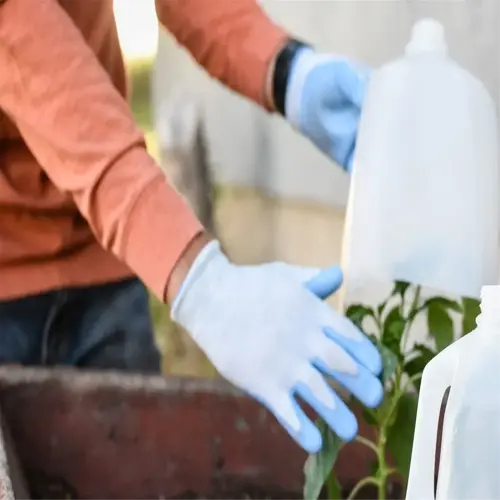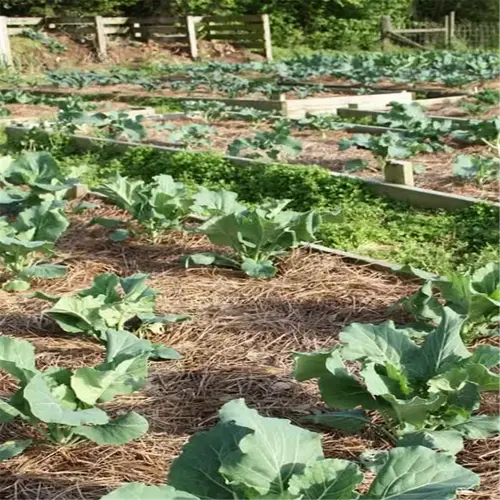Does hydrogen peroxide treat root rot?

Written by
Olivia Mitchell
Reviewed by
Prof. Martin Thorne, Ph.D.Hydrogen peroxide decomposes to water and oxygen molecules that destroy anaerobic pathogens that create root rot. I salvaged an orchid that was rotting by saturating it in 3% solution diluted 1:4 each week. After 14 days, it had grown new roots! At the proper concentration, hydrogen peroxide does not create a chemical burn and works to disrupt fungal biofilm.
Dilution Ratios
- 3% solution: 1 cup peroxide + 4 cups water
- For severe cases: 1:3 ratio (max 2 applications)
- Preventive maintenance: 1:10 ratio monthly
Application Methods
- Soil drench: Saturate until liquid drains from pot holes
- Root soak: Submerge bare roots for 10 minutes
- Spray bottle: Mist affected stems every 72 hours
Safety Protocols
- Wear gloves - prolonged contact dries skin
- Apply at dawn/dusk to avoid sun reaction
- Discontinue if white fizzing lasts >30 minutes
Observe your plants for signs of oxygen overdose such as white or bleached lines running along leaf veins, or growth that stops altogether. My monstera exhibited white speckles in leaves after a series of treatments with peroxide, but after reducing my applications to bi-weekly intervals of every 10 days, began to grow normally again. To allow for quicker recovery from oxygen overdose, it is always best practice to use well-aerated soil when applying treatments.
Read the full article: Root Rot Symptoms: Signs, Causes, and Solutions

